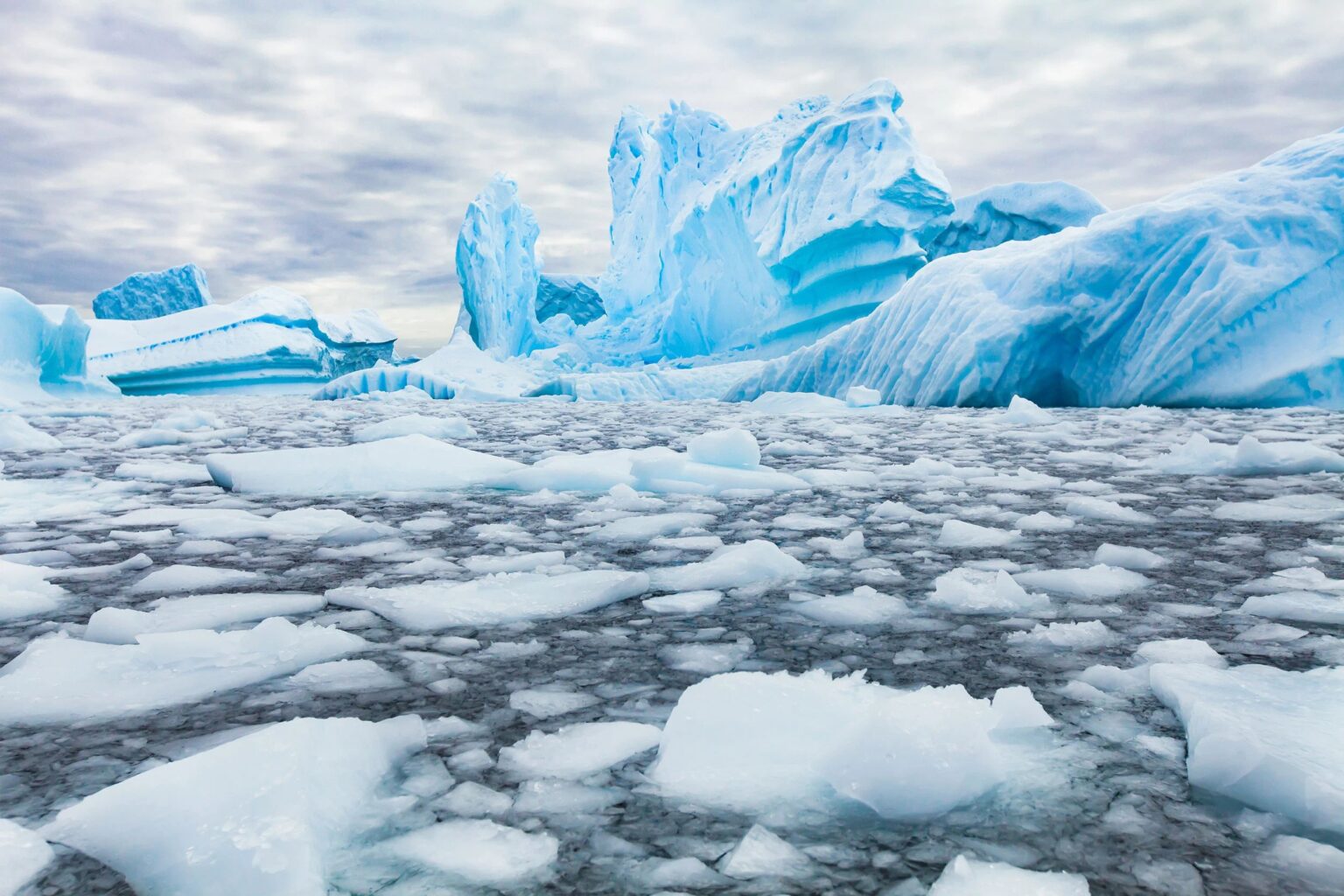Scientists are very concerned that glaciers in West Antarctica may completely melt in the next few decades. They have developed a way to prevent this phenomenon by spraying aerosols in the upper atmosphere. However, it turned out that it also matters where exactly they need to be launched.

Antarctica’s glaciers are melting
Antarctica is the largest glacier on the planet, which serves as a global cooler and climate stabiliser. However, scientists are concerned about the state of the ice on it, especially the one that covers its western part. According to published data, it may completely disappear in this century.
According to Paul Goddard, a scientist from the Department of Earth and Atmospheric Sciences at Indiana University College of Arts and Sciences, even if global warming can be kept at 1.5 degrees higher than in pre-industrial times, West Antarctica will still melt. And everything is going to the fact that it will not be possible to achieve this goal either.
At least 10 of the last 14 years have been the hottest on record. And 2023 may even become the year with the highest average temperature for many centuries. At least, the current summer heat, which was accompanied by fires and people’s health problems, hint at this.
Solving problems with aerosols
Scientists already have a recipe for how to protect the glaciers of Antarctica. It is necessary to spray solid aerosols at high altitude. Their particles will stay in the air for a long time and reflect light. It is quite possible to implement this with the help of ordinary aircraft.
It is expected that this may be enough to prevent part of the solar radiation from reaching the Earth’s surface, where it can be absorbed, and its energy used to melt ice. However, it was still unclear whether there was a difference where to release these substances.
Modelling the effect of aerosols on ice melting
Various scenarios of this process have been modelled in the current study. The researchers looked at what consequences they would lead to.In general, 11 different cases of aerosol injection into the stratosphere were simulated.
Three cases covered several latitudes — this was considered the most possible approach to how aerosol dispersal in the atmosphere could be implemented — with target temperatures 1.5, 1 and 0.5°C above the pre-industrial level.
The simulation, which covered the time period from 2035 to 2070, included a scenario of moderate emissions without aerosol injection into the stratosphere, which served as a key comparison point. In general, spraying proved effective in subtropical and tropical latitudes of the Southern Hemisphere. It would allow diverting warm currents from the ice continent, which strongly affect it.
It is noteworthy that at the same time, three scenarios turn out to be such that they not only do not stop the melting of ice, but also accelerate it. This is due to the fact that in these cases the winds shift to the south and bring with them warm precipitation.
According to phys.org
Follow us on Twitter to get the most interesting space news in time
https://twitter.com/ust_magazine
